At first glance, this looks like an ordinary day in a small village with people enjoying the sun outside
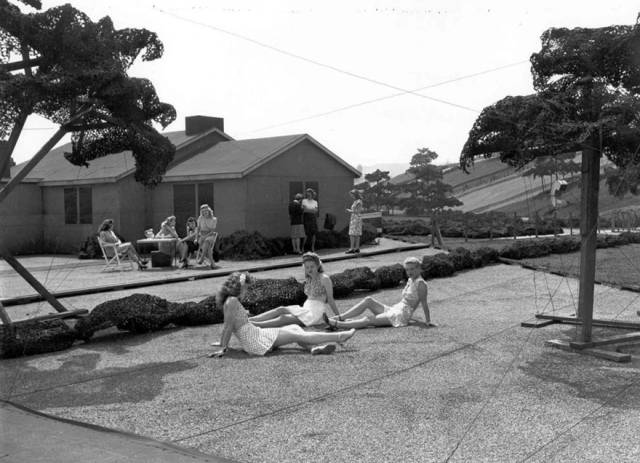
But underneath this ‘peaceful town’ was a big military secret: a Boeing factory
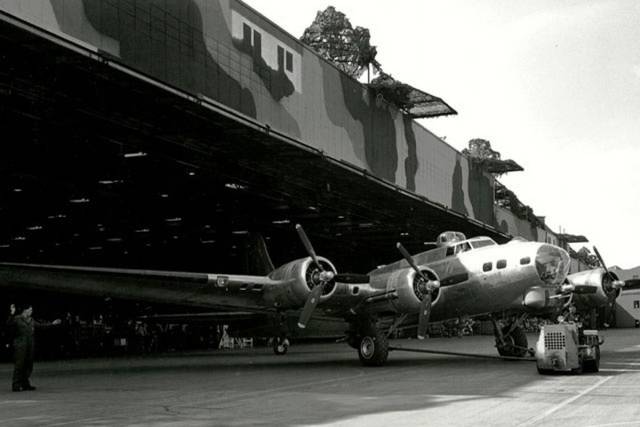
During WWII, the U.S. Army designed a whole neighborhood to throw off possible air attacks
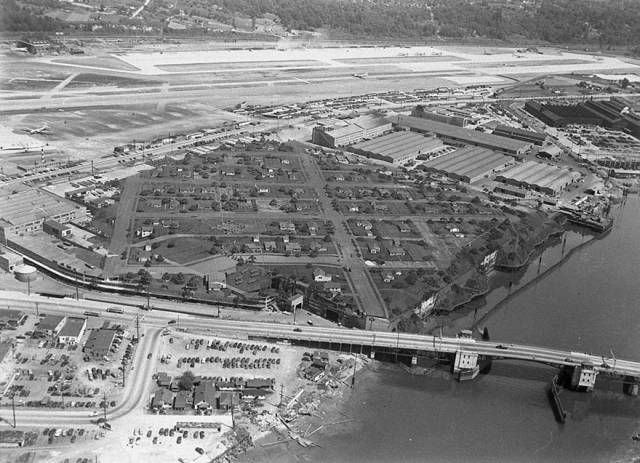
On the roof of Boeing Plant 2, camouflage trees and structures were shorter than a person
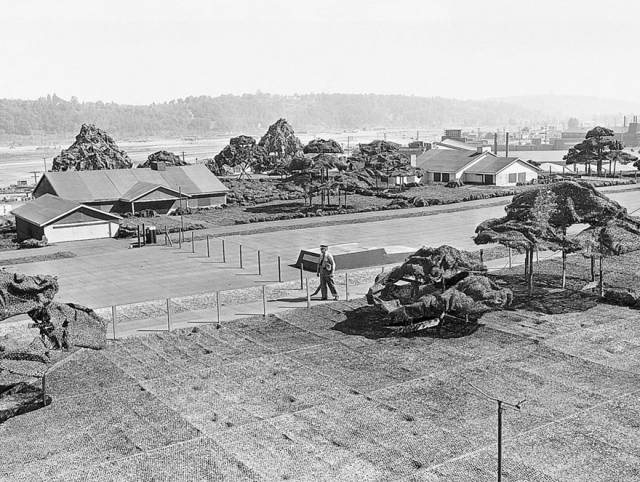
Trees were made of chicken wire and feathers
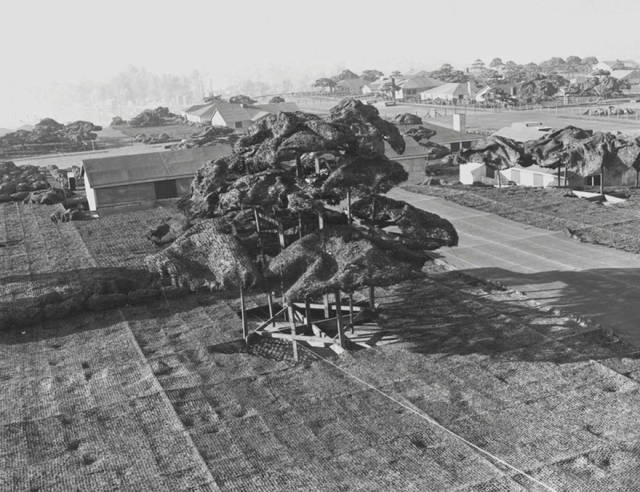
A street sign plays off the fake neighborhood at the corner of “Synthetic Street” and “Burlap Boulevard”
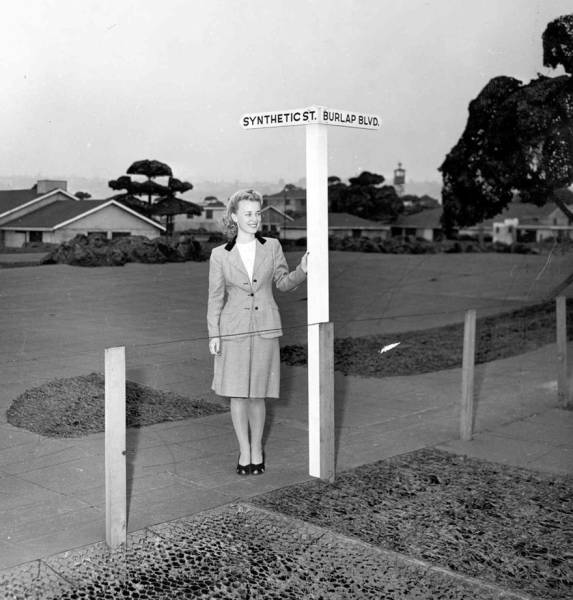
Suzette Lamoureaux and Vern Manion examine one of the miniature bungalows in the “Boeing Wonderland”
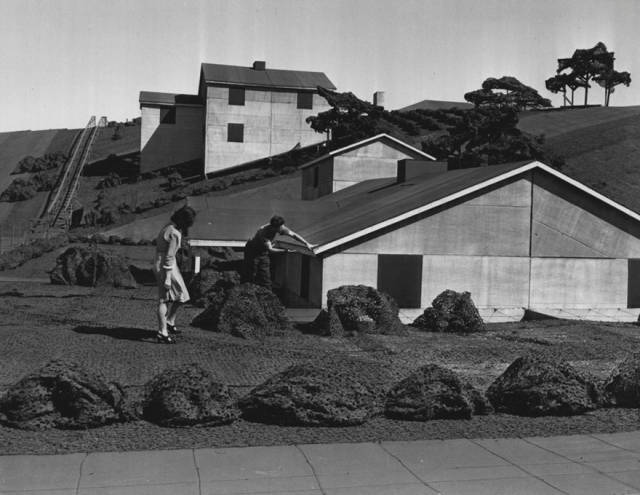
Structures that look like cars from overhead are parked along a fake street
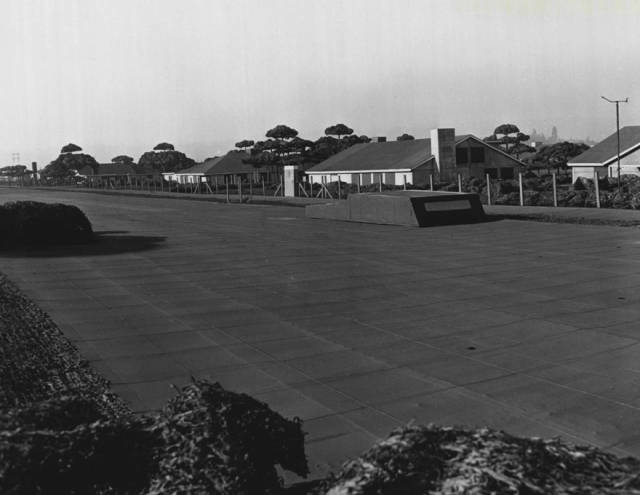
An aerial view of the camouflage on top of Boeing Plant 2 shows that the “streets” were aligned with real residential neighborhoods nearby
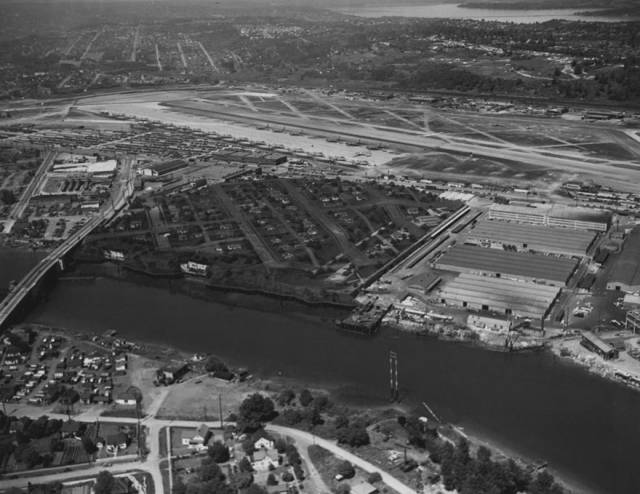
Joyce Howe, and behind her Susan Heidreich, walking over the camouflaged Boeing Plant 2
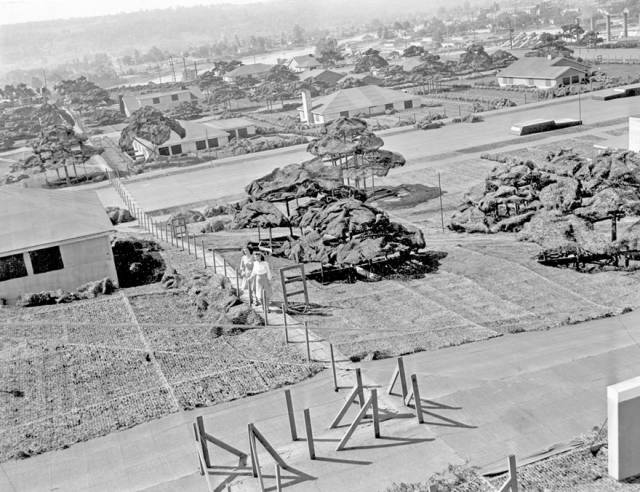
Boeing plant aerial photo taken from around 5000 feet. This was taken in either 1944 or 1945
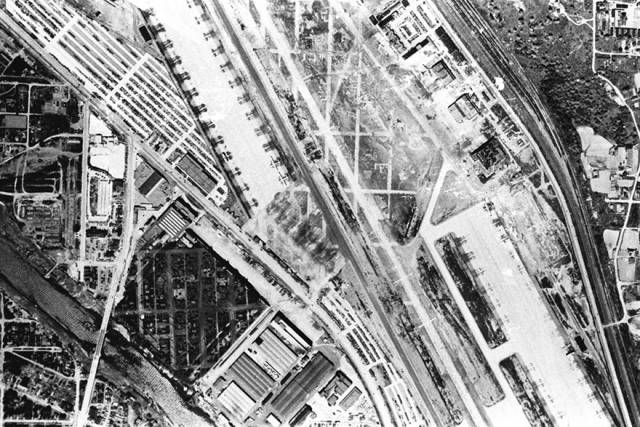
Thousands of Boeing workers gather in front of Boeing Plant 2 for ceremonies marking the changeover from B-17 to B-29 production on April 10, 1945
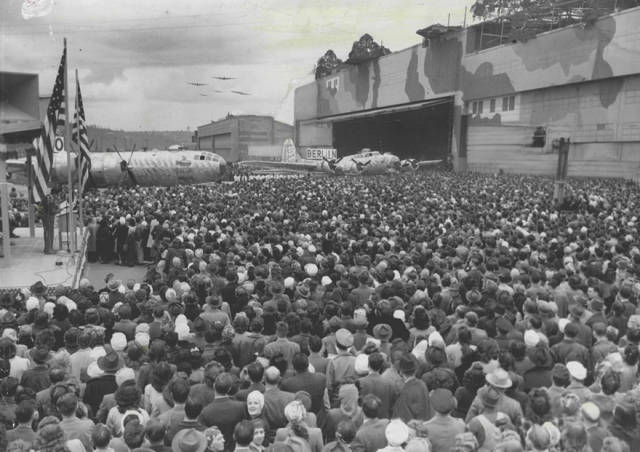
The first B-52A is rolled out at Boeing’s Seattle plant on March 18, 1954. In order to clear the hangar doorway, the plane’s 48-foot-high tail had to be folded down
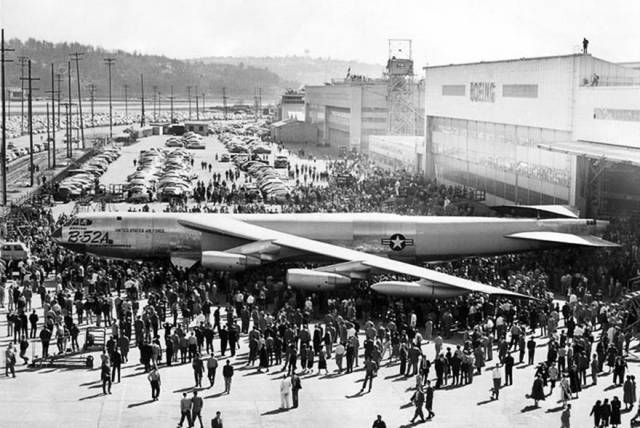
Boeing Plant 2. 5000th celebrations
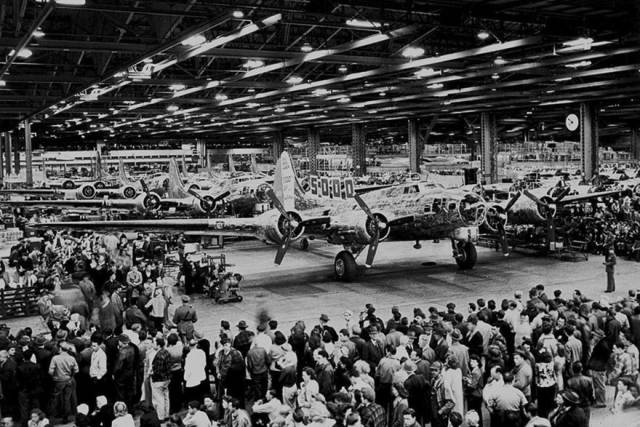
Boeing Plant 2. B-17G Flying Fortress cockpits under construction
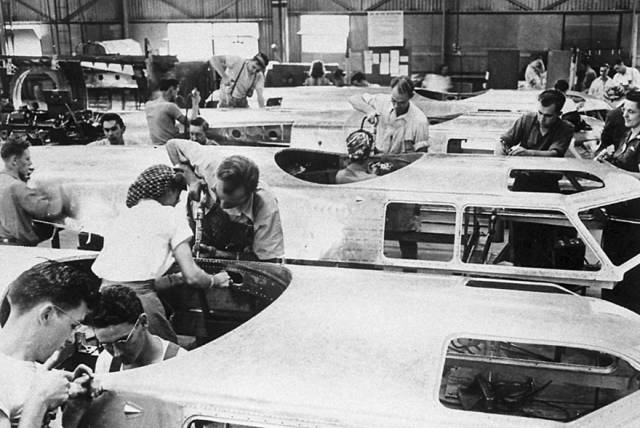
B-17F production line, Boeing Plant 2, July 14 1942
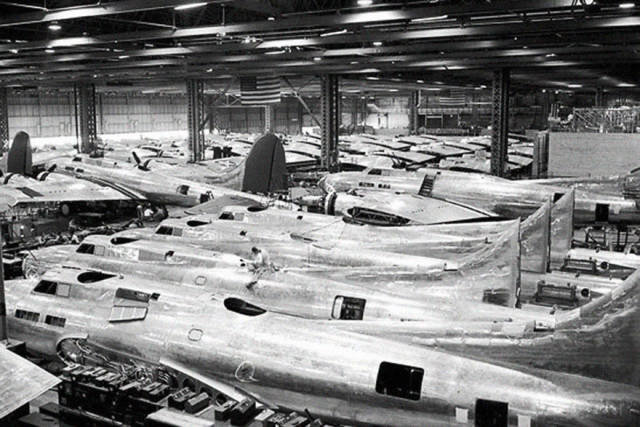
“Rosie the Riveter” at work at Boeing Plant 2
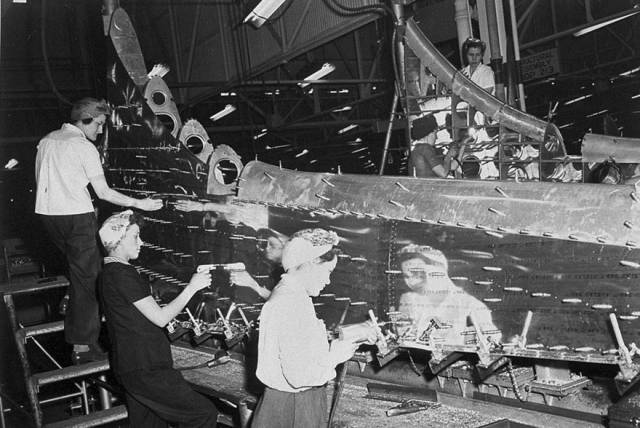
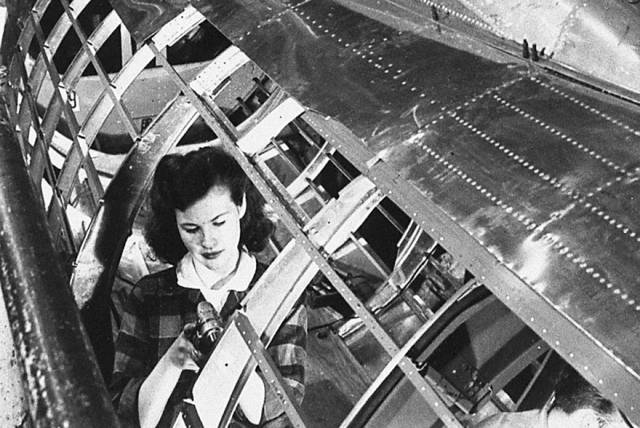
Here’s how it looks like now

 Barnorama All Fun In The Barn
Barnorama All Fun In The Barn